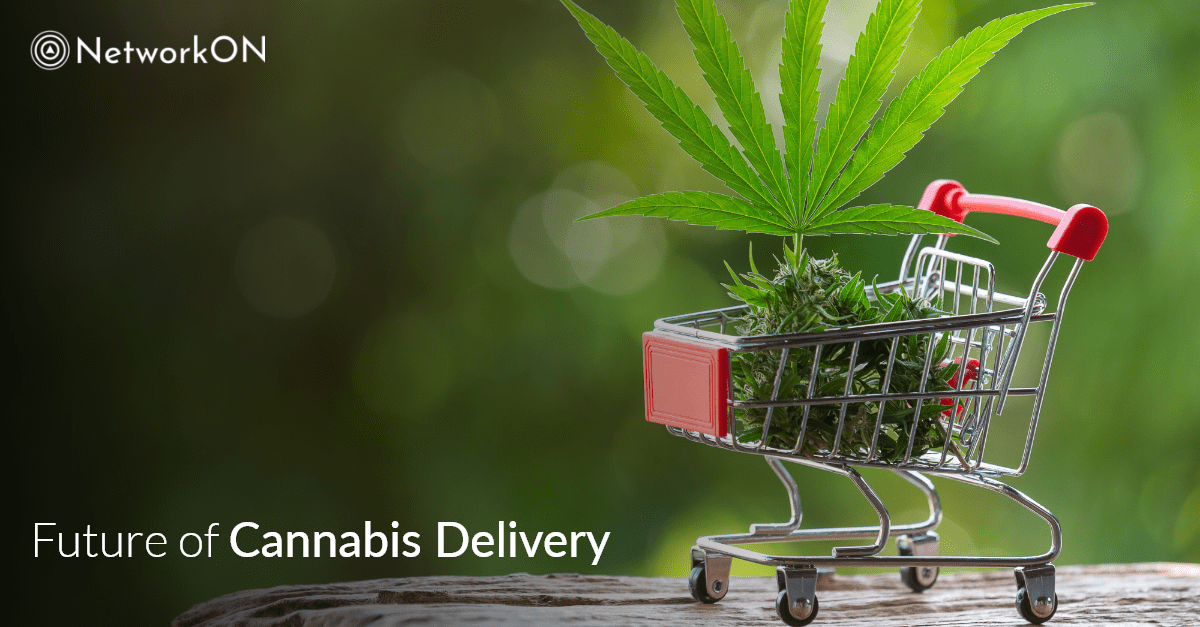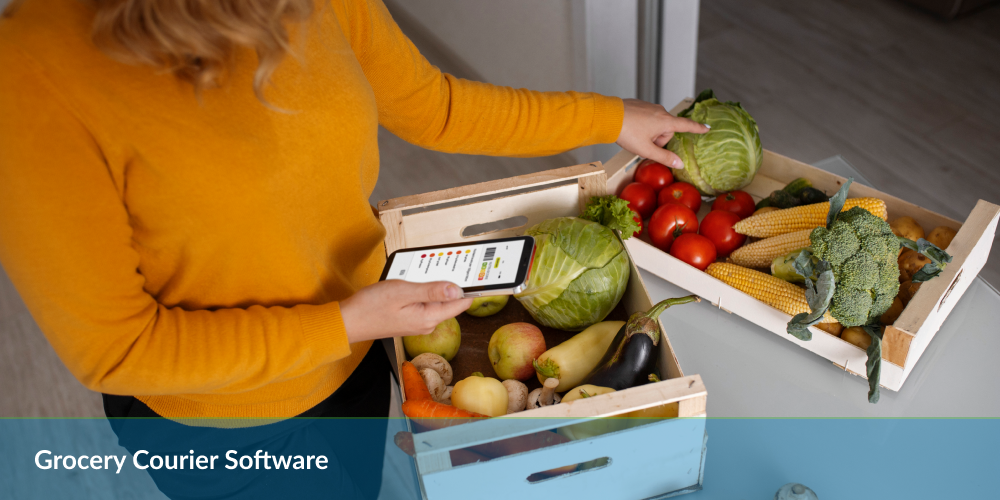Table of Contents
The world’s most cultivated, trafficked, and consumed drug is marijuana. As the drive for its legalization in the US and across the world grows, it’s gaining significant attention from investors, manufacturers, and researchers alike.
It’s even considered as the next big thing in the delivery business by many industry experts. Don’t trust us?
Here are some interesting facts to back up our claim:
- The number of marijuana users in the USA has nearly doubled between the years 2013 to 2016, with 12% of the current American population being active cannabis users.
- While cannabis has been traditionally considered an illicit drug, its recent rise in prominence comes with its legalization in parts of the US and abroad. This has propelled its sales across the country with an increase of 67% in 2020.
- Similarly, the support for legal marijuana has increased by 68%, with the legal marijuana industry in the US estimated at $13.6 billion in 2019.
Changing Attitude towards Marijuana
The first half of the 20th century saw a major backlash against marijuana with films like Reefer Madness and The Terrible Truth depicting marijuana as a dangerous substance and how it was being pushed into America as part of a secret Soviet conspiracy!
Although such movies have become cult classics and pieces of satire now, the world at times is still unclear about the uses and medicinal properties of cannabis.
The drug is still deemed controlled under federal government guidelines, but slowly, Americans are getting convinced about its benefits and are supporting its legalization.
According to a New York University research, the percentage of marijuana users between the age of 50 to 64 has doubled in the last decade. This clearly shows the growing conviction and demand for marijuana products in the country.
The growing popularity of the cannabis drug has also sky-rocketed; since it has been legalized in 35 states in the country for medicinal purposes, with 16 states also allowing its recreational use.
Current Cannabis Delivery Scenario
During the pandemic, the explosive growth of e-commerce has boosted interest in new acquisitions, including direct-to-consumer cannabis delivery.
Some cannabis companies have acquired delivery-only dispensaries, while others have acquired vertically integrated firms with home-delivery services.
These recent delivery-related acquisitions in the marijuana industry allow:
- Quick access to already existing loyal customers
- Delivery access to existing operations
- Leverage delivery assets to other markets
Delivery Regulations
Even if a state has legalized the medicinal or recreational use of marijuana, it doesn’t mean it could be easily delivered to your doorstep.
The current laws depend on the market, with some states allowing delivery services across the province while some having different jurisdictions for each municipality.
For instance, cannabis use is allowed in Massachusetts for recreational purposes, but home delivery for recreational users is still illegal. So before you start an online cannabis delivery business, make sure you know the specific laws of your state or area.
Apart from the regulations, here are other important things to know:
- Creating a solid business plan: The marijuana industry is still complicated in the country, which means a solid business plan is quintessential to make you profitable. This includes managing aspects like storage, advertisement, and delivery techniques you will use.
- Getting proper licenses: All states permitting cannabis delivery services require business owners to obtain a license from the concerned authority. So, the first thing before starting your business is to apply for a license.
- Advertising your services: As marijuana is still illegal under federal law, you have to be creative when advertising your services.
- Managing transportation issues: There can be issues in delivering cannabis for medicinal or recreational use in several states. Make sure you have the eligibility to deliver cannabis products to the end customers.
Delivery Models
Setting up a cannabis delivery service can be tricky when you have to decide upon the right business model to proceed. However, as more and more states legalize cannabis use, delivery is becoming more convenient to the customers.
There are essentially two delivery models that have been effective in states where cannabis delivery is legal:
- Storefront and Delivery: One of the most common ways of delivering marijuana products in America is through local brands that are specifically featured in a storefront.
The biggest advantage of the storefront model is that it showcases the product and allows the purchase in two locations. Major brands using this model include Sherbinskis, Emjay, and The Apothecarium.
- Delivery only: Companies using the delivery-only model are responsible for showcasing the products but not producing them.
It opens doors for high-quality products at lower costs as brands don’t need to spend resources on cultivation, production, and retail. Major brands in this niche include Grassdoor, Hyperwolf, and AMuse.
Getting the Logistics Right
If you’re interested in starting a cannabis delivery service, you need to understand the importance of route optimization and real-time fleet tracking in streamlining your last-mile delivery operations.
These features are provided by an optimized delivery management and dispatch app that also provides a single dashboard view of all the variables from the packaging of a consignment to the shipping and delivery of the product to the end customer.
To amp up your online delivery game, you need an optimized solution that can mitigate inefficiencies like wrong addresses, lack of standardization, and resource wastage associated with manual route planning.
Here are some ways how it changes the face of the cannabis delivery supply chain:
- Efficient planning: An effective end-to-end delivery and dispatch solution saves time and resources for your business. It also increases efficiency by streamlining everything from planning delivery routes to handling dispatches and last-mile delivery operations.
- Improved supply chain visibility: With improved GPS-based tracking, you’re able to make better real-time decisions on the ground and avoid late deliveries and unnecessary delays. By using geocodes, you can provide accurate ETAs and increase your fleet’s First Attempt Delivery Rate (FADR).
- Better decision making: By completing on-time deliveries, you increase customer satisfaction and get to know more about their preferences and needs. This helps you provide customer-specific services by making informed decisions.
- Time slot-based deliveries: With automated delivery and dispatch software, you can plan hourly dispatches and stay ahead of your game. This allows you to achieve better utilization of your fleet which translates into reduced inventory costs.
Cannabis Delivery and The Future
Just like restaurant and food delivery vendors, cannabis sellers also need to incentivize their customers and win their loyalty. The future trends in this delivery domain may see the rise of micro-licenses with vertically integrated delivery models.
With the ever-increasing competition in the market, your cannabis delivery business will also need optimized delivery and dispatch software to ensure all deliveries are fulfilled in time and to the right customer.
By using NetworkON, you get customized web and native app solutions featuring accurate scheduling, efficient utilization of resources, and the capability to manage every process from a single dashboard. The intuitive framework allows you to exercise full control of every activity from order placement to delivery to the end customer and generate positive ROI.
Contact us at info@networkon.io or visit our website to learn how our on-demand delivery solutions can put you at a definite advantage.
Frequently Asked Questions
Is cannabis delivery legal in my state?
Cannabis delivery legality varies by state and even by municipality. Some states have legalized cannabis for both medicinal and recreational use, but the regulations around delivery can differ. It’s important to check your state or locality’s specific laws and regulations before starting or using a cannabis delivery service.
What are the main types of cannabis delivery models?
There are two primary cannabis delivery models: Storefront and Delivery and Delivery Only. The Storefront and Delivery model involves a physical store providing delivery services. In contrast, the Delivery Only model operates without a physical store, focusing exclusively on delivering products directly to customers.
What licenses are required to start a cannabis delivery service?
To start a cannabis delivery service, you must obtain the appropriate licenses from your state’s regulatory authority. Depending on your business model, this may include licenses for cultivation, retail, and delivery. Each state has different requirements and application processes, so it’s essential to research and comply with local regulations.
How can I ensure compliance with cannabis delivery regulations?
Compliance with cannabis delivery regulations requires understanding and following all local, state, and federal laws. This includes obtaining the necessary licenses, adhering to age verification processes, ensuring secure transportation of products, and maintaining accurate records of all transactions. Consulting with legal experts and staying updated on changing regulations is also recommended.
What technology is needed to operate a successful cannabis delivery service?
A successful cannabis delivery service requires technology that supports efficient route optimization, real-time fleet tracking, inventory management, and customer communication. Solutions like NetworkON can help streamline these processes by providing a single dashboard view for managing orders, dispatches, and deliveries, improving overall operational efficiency and customer satisfaction.
What are some challenges of running a cannabis delivery service?
Running a cannabis delivery service has several challenges, including navigating complex legal regulations, ensuring secure and compliant deliveries, managing inventory and product quality, and handling logistics. Additionally, marketing cannabis services can be challenging due to advertising restrictions, requiring creative strategies to reach and retain customers.





Roland Arellano
very informative articles or reviews at this time.